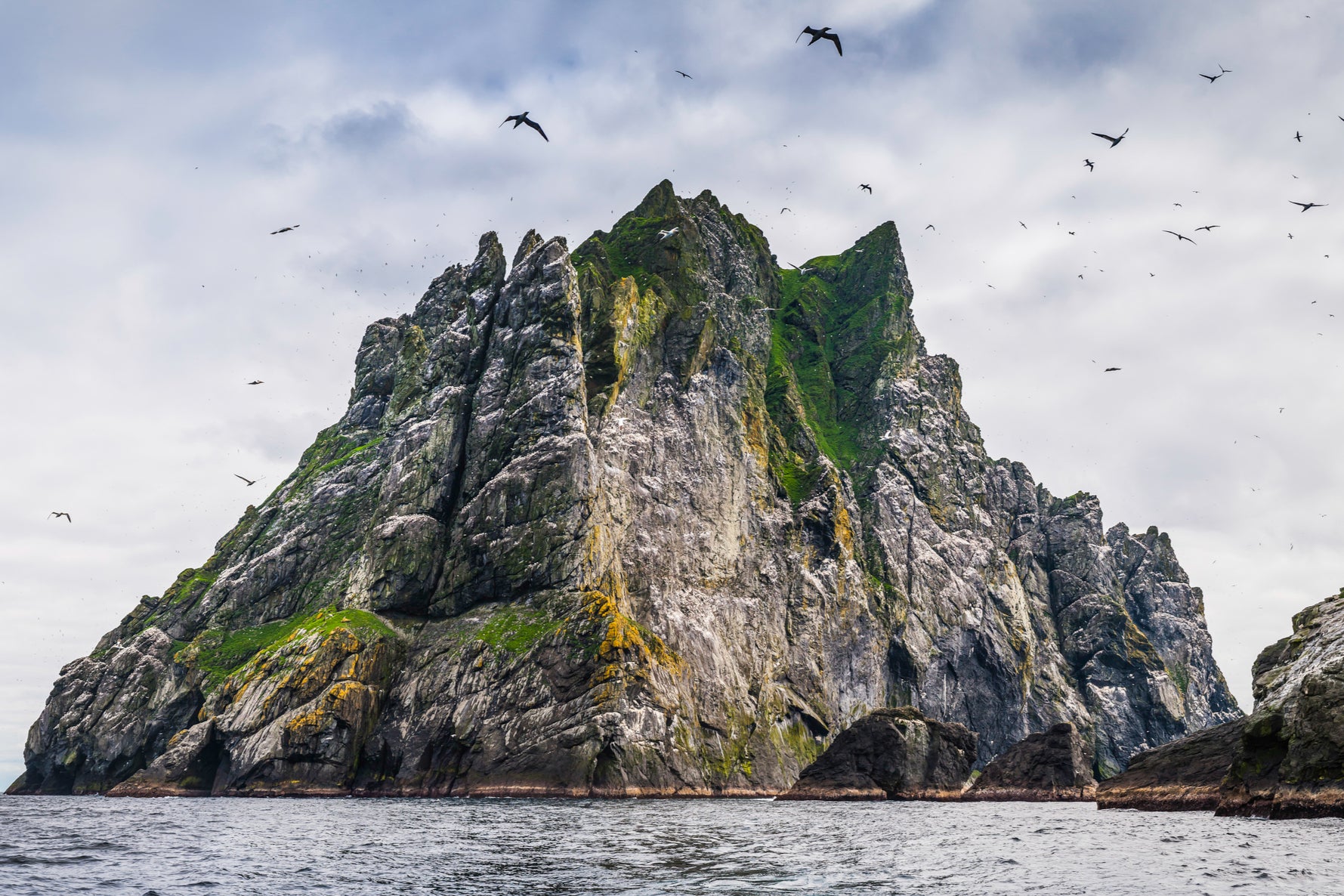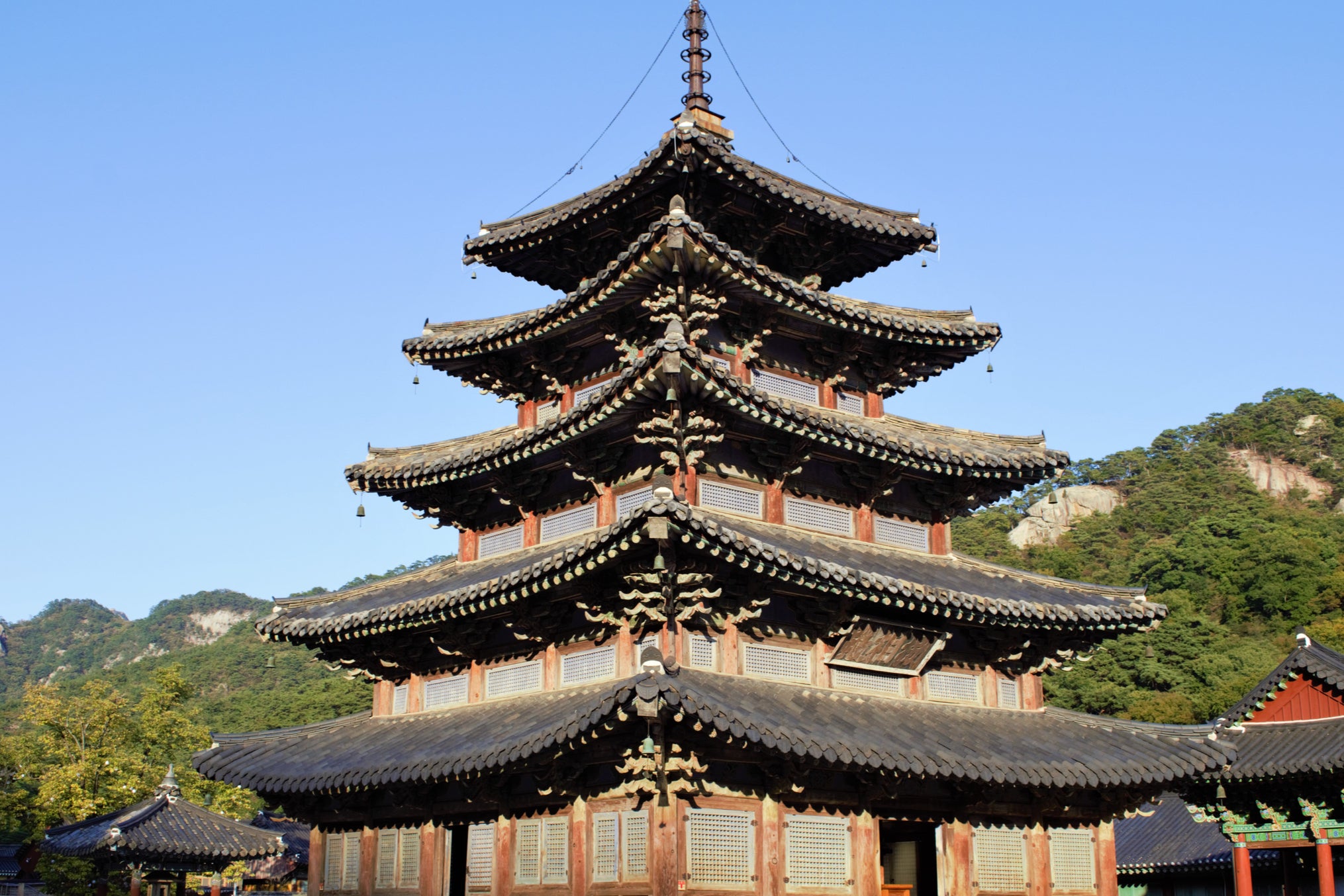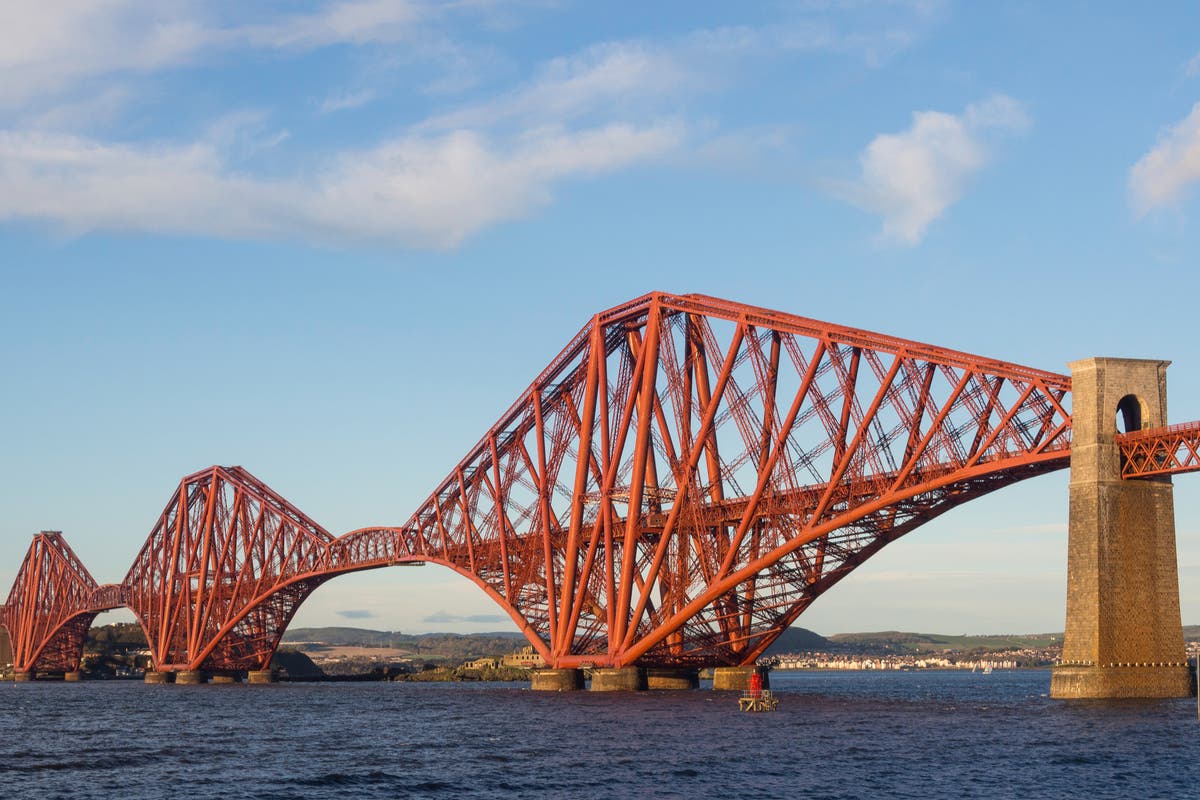Four Unesco World Heritage sites in the UK are among those at the most risk of climate change devastation, a study has found.
World Heritage sites gain their status for being an outstanding value to humanity and showcase some of the world’s cultural legacy, rich history and natural wonders. Unesco bestows these places with the title to encourage their protection and preservation while incentivising people to recognise their importance.
New data suggests that coastal flooding, droughts, landslides and storm surges are some of the top factors that are putting heritage sites at risk.
In an analysis by Climate X, a global climate risk data analysis organisation, their experts found that four out of 35 of the UK’s Unesco Heritage Sites are among the top 50 sites in the world that will be at risk by 2050.
Using Climate X’s ‘Spectra’ platform algorithm to determine how climate change will affect 500 natural and man-made heritage sites, the analysts discovered how the sites would fare in eight global warming scenarios.

They found that the most at risk in the UK, taking third place on the worldwide list, is the Forth Bridge in Edinburgh, Scotland, a structure representing an important milestone in bridge design and construction in the Victorian period.
However, the railway bridge is exposed to a coastal flood risk that could impact the preservation of the marvelled structure.
Volcanic archipelago St Kilda, also in Scotland, featuring at number six on the world scale, is also predicted to be at risk of climate change. Coastal flooding could impact its high cliffs, where colonies of endangered species of birds, such as puffins and gannets, nest.
The third Scottish heritage site to appear on the list is New Lanark, a small 18th-century village in which utopian idealist Robert Owen created a model industrial community.
However, analysts say that this idyllic village, appearing in seventh place in the top 50, is at risk of landslides caused by climate change.
The final UK heritage site to appear is Yorkshire’s Studley Royal Park, featuring at 27th place, as being at risk of storm activity impacting its preservation.
The park includes the 12th-century Ruins of Fountains Abbey and other buildings from various periods of British history, all placed among an what the UN-body describes as an “exceptionally beautiful” landscape designed in the 18th century.
There were many other wel-known heritage sites that made a list, such as Australia’s Sydney Opera House (at risk of coastal flooding), the USA’s Olympic National Park in Washington, predicted to be impacted by flooding and landslides, and the West Norwegian Fjords in Norway, at risk of coastal flooding.

Taking the top spot at the most at-risk Unesco World Heritage sites is the Sansa Buddhist Mountain Monasteries in South Korea, sacred temples that were established between the 7th and 9th centuries but also structures that analysis believe could be at risk of river and surfacing flooding.
Lukky Ahmed, the CEO and co-founder of Climate X, said that their findings should be a warning to governments and global organisations to recognise the impact climate change also has on our cultural heritage worldwide.
“The potential impact of climate change on these sites is profound. But it’s not just our past heritage that’s at risk – it’s our present, too,” he said.
“While the loss of these cultural treasures – many of which have endured for millennia – would, of course, be devastating, it’s also vital to remember the real societal and economic impact of climate change is happening in the here and now.”
“Our findings serve as a stark warning for governments, preservationists, and the global community to prioritise the safeguarding of our planet – to preserve our ancient monuments and our current assets and infrastructure – and to protect life today and into the future.”
For more travel news and advice, listen to Simon Calder’s podcast

